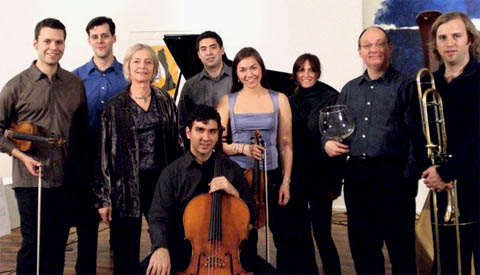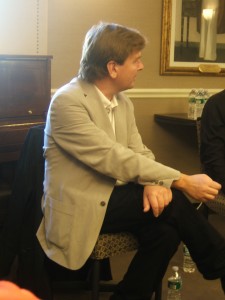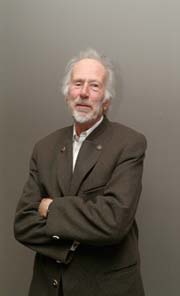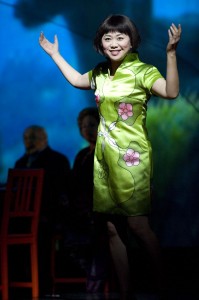If contemporary classical music had “supergroups”, the 8-year-old ensemble Ne(x)tworks would definitely be one of them. With the likes of Joan La Barbara (voice), Kenji Bunch (viola), Shelley Burgon (harp & electronics), Yves Dharamraj (cello), Cornelius Dufallo (violin, Director), Miguel Frasconi (glass instruments & electronics), Stephen Gosling (piano), Ariana Kim (violin), and Christopher McIntyre (trombone), their roster is led by major movers long on the NYC new-music scene. Working with both classical and improvisational roots, their repertoire encompasses the open scores of the New York School composers of the ’50s, the experiments of the AACM, and the SoHo scene and Downtown composers of the ’70s and ’80s. It’s a wonderful and vitally important thing, to have an ensemble active in keeping earlier experimental works not only remembered, but truly alive.
Ne(x)tworks just released their latest CD through CD Baby, documenting a 2007 performance at the Stone in NYC, and they’re also beginning a year-long residency at the Greenwich House Music School. As kick-off to both, they’re giving a concert at GHMS this Thursday, November 18 at 8 pm, as part of the 25th anniversary season of North River Music (Renee Weiler Concert Hall, 46 Barrow Street, NYC / $15).
On the bill, Edgard Varèse‘s little-known Untitled Graphic Score (ca. 1957). Varèse created the score while attending Earl Brown’s workshop on graphic notation, and the piece — conceived for an ensemble of jazz and classical musicians — reflects the kind of scores the composer was writing in real time on a chalkboard during that period.
The program will also feature two works from Ne(x)tworks’ latest CD. Creating a form that moves beyond the “jazz” and “classical” labels, Leroy Jenkins‘ Space MInds: New Worlds, Survival of America (1979) offers a platform for an active dialog between the performers and the composition itself, with extensive improvised passages. Arthur Russell‘s Singing Tractors (pages 1 & 2) (ca. 1987) is an open-ended work that merges influences from Post-Cagean randomness to free jazz to rock and pop music to classical elements to African beat and dance music.
Also included are a sneak preview of ensemble member Christopher McIntyre’s Smithson Project (2010), scored for mixed ensemble and computers and drawing its inspiration from the work of renowned earthwork artist Robert Smithson (1939-73) — as well as Jon Gibson‘s Multiples (1972) for open instrumentation, a classic example of early minimalism from this stalwart member of New York’s experimental music community.
As a bit of concert preview, we managed to get a few words from Ne(x)tworks members Joan La Barbara, Miguel Frasconi, and Christopher McIntyre themselves, on aspects of the ensemble and the upcoming performance:







